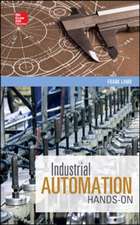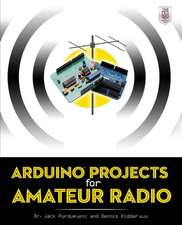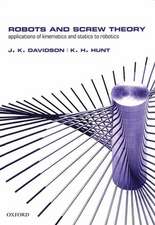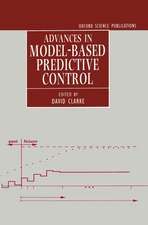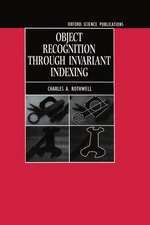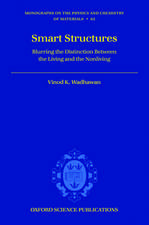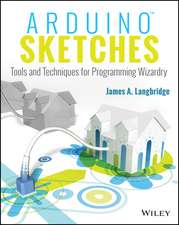Introduction to Control Theory
Autor O. L. R. Jacobsen Limba Engleză Paperback – 20 oct 1993
Preț: 856.93 lei
Preț vechi: 1219.63 lei
-30% Nou
Puncte Express: 1285
Preț estimativ în valută:
163.100€ • 170.58$ • 135.39£
163.100€ • 170.58$ • 135.39£
Carte tipărită la comandă
Livrare economică 03-09 aprilie
Preluare comenzi: 021 569.72.76
Specificații
ISBN-13: 9780198562498
ISBN-10: 0198562497
Pagini: 402
Ilustrații: numerous line figures, tables
Dimensiuni: 156 x 236 x 10 mm
Greutate: 0.6 kg
Ediția:2
Editura: OUP OXFORD
Colecția OUP Oxford
Locul publicării:Oxford, United Kingdom
ISBN-10: 0198562497
Pagini: 402
Ilustrații: numerous line figures, tables
Dimensiuni: 156 x 236 x 10 mm
Greutate: 0.6 kg
Ediția:2
Editura: OUP OXFORD
Colecția OUP Oxford
Locul publicării:Oxford, United Kingdom
Recenzii
'the book aims to provide real insight into feedback systems and is aimed at both undergaduates and graduate students of engineering with a background in the solution of differential equations, probability theory and matrix algebra'Aslib Book Guide, Vol. 59, No. 3, March 1994
'each section is well referenced, enabling the interested reader to find a more detailed exposition elsewhere ... I felt that the author's treatment of stochastic control is the best part of the book. It is written with enthusiasm.'Peter Hydon, The Institute of Mathematics and its Applications Bulletin, Vol. 30, No. 5/6,May - June 1994
It presents basic mathematical models and tools of control theory in a way which makes it readable for undergraduate students of both mathematics and engineering.
The book provides a good introduction to the central themes of control theory.
'each section is well referenced, enabling the interested reader to find a more detailed exposition elsewhere ... I felt that the author's treatment of stochastic control is the best part of the book. It is written with enthusiasm.'Peter Hydon, The Institute of Mathematics and its Applications Bulletin, Vol. 30, No. 5/6,May - June 1994
It presents basic mathematical models and tools of control theory in a way which makes it readable for undergraduate students of both mathematics and engineering.
The book provides a good introduction to the central themes of control theory.

